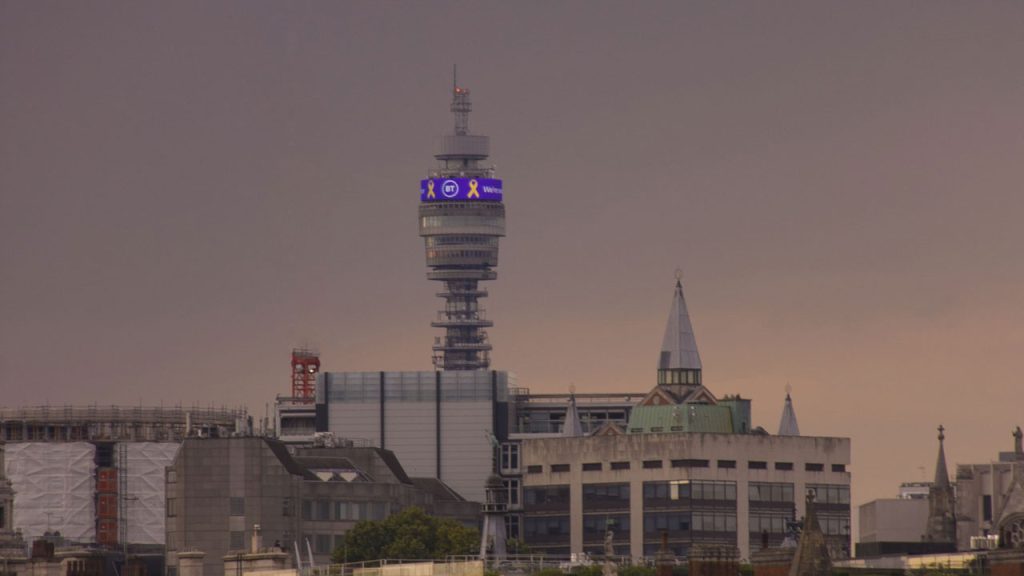
London observatory reveals traffic reduction success but points to future pollution challenge
Traffic reduction in London has brought substantial benefits for air quality in the region. However, evidence suggests that heating may become the next big challenge for policy makers.
A team of researchers used the BT Tower Observatory, managed by the National Centre for Atmospheric Science, to detect how levels of harmful nitrogen oxide pollutants have changed over time.
Their work uncovered that nitrogen dioxide emissions, one of the most harmful pollutants for our health, reduced by over 70% between 2017 and 2021.
Nitrogen dioxide in outdoor air is associated with adverse effects on our health, including reduced life expectancy.
The reduction is in part due to the success of the air quality policy in central London, say researchers, but crucially to the substantial reduction in congestion that resulted from pandemic-reduced mobility.
The team, led by Sam Cliff at the University of York, identified transport and heat and power generation as the two primary sources of nitrogen dioxide pollution in central London, and were able to single out the impact of emissions from each source using the BT Tower Observatory.
The BT Tower Observatory provides the only long-term measurement of nitrogen oxide emissions from a megacity in the world. It is operated by the National Centre for Atmospheric Science Atmospheric Measurement and Observation Facility.
At 190 metres tall, the observatory filters and analyses air as it moves upwards from the streets and buildings below. A gas inlet mast on top of the tower pumps air into the 35th floor laboratory, collecting pollution from the nearby region which is dominated by roads and commercial residential buildings, but also includes some urban parkland.
Scientists say the detailed information can help us answer questions about where our pollution comes from, and the most effective ways to create a safer city.
“These measurements help us assess the success that invention policies – like the ultra-low emission zone – are having on improving the magnitude of vehicle emissions, and hence the quality of the air in our cities.”
Professor James Lee, National Centre for Atmospheric Science and University of York.
The information collected throughout the Covid-19 restrictions offers a glimpse into the future, where electrified transport – in tandem with traffic reduction schemes – may substantially improve the quality of air we breathe in cities.
However, the team showed that central London became dominated by heat and power generation emissions during this period of reduced mobility, pointing towards a problem that cannot be solved by traffic measures alone.
Professor Ally Lewis, National Centre for Atmospheric Science and University of York sets out that “getting combustion out of cities is central to further improving air quality in the UK.”
“We will either need to electrify the heating of homes and businesses or think much more seriously about how pollution from gas burning can be cleaned up, as we currently do for cars, trucks and buses,” says Professor Lewis.
Indeed, as we start to see the impact of policy that targets vehicle emissions, researchers suggest that policies will need to widen their focus beyond the emissions from diesel exhausts.
Later this year, the ultra low emission zone will expand to include all boroughs in London.
